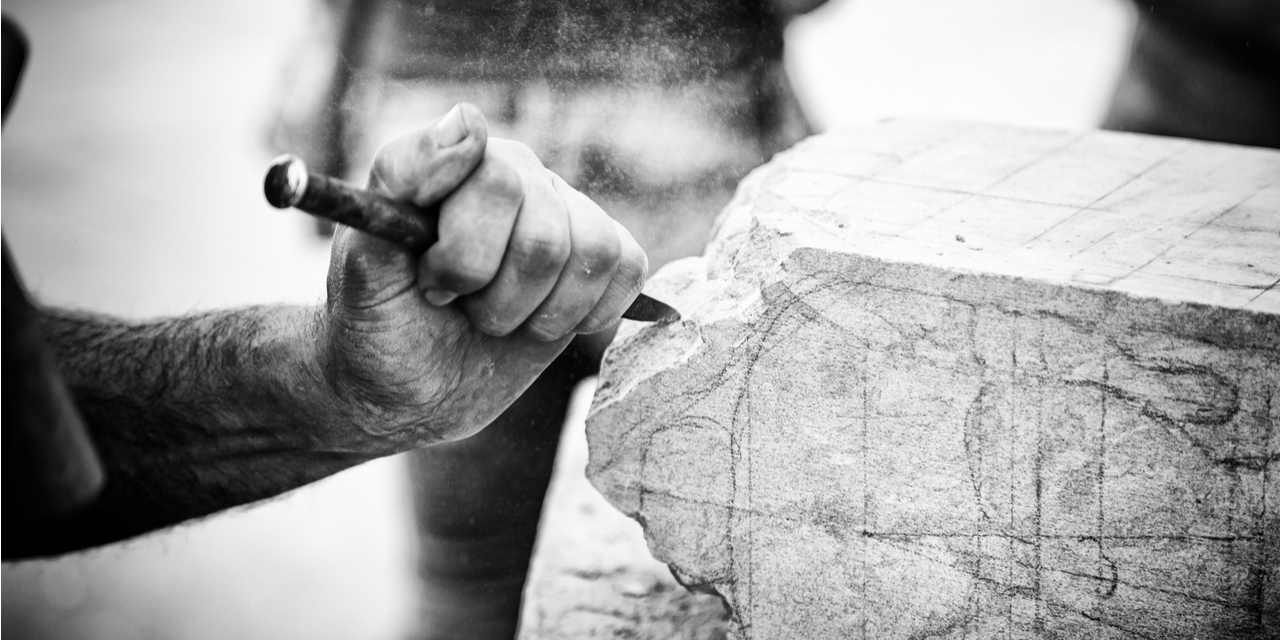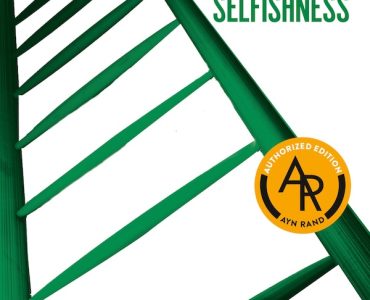Every individual confronts — and, in one form or another, must answer — two questions at the core of a moral outlook on life: “What kind of person do I want to be?” and “What kind of life do I want to lead?” Since one’s conduct and moral character are neither predetermined nor automatic, questions about who to be and how to live are perennial and inescapable features of human life.
But where does one look for answers to such questions? How does one form a conception of a character worth building and a life worth leading?
In Ayn Rand’s view, this is where art — particularly what she called “Romantic” art — can and should play a crucial role.1
The major source and demonstration of moral values available to a child is Romantic art (particularly Romantic literature). What Romantic art offers him is not moral rules, not an explicit didactic message, but the image of a moral person — i.e., the concretized abstraction of a moral ideal. It offers a concrete, directly perceivable answer to the very abstract question which a child senses, but cannot yet conceptualize: What kind of person is moral and what kind of life does he lead?2
What a child gains from Romantic art, Rand argues, is not a set of moral principles, but “the precondition and the incentive for the later understanding of such principles: the emotional experience of admiration for man’s highest potential, the experience of looking up to a hero.”3
But what is heroic? And what constitutes man’s highest potential? What is the moral ideal that one should admire, look up to, and seek to emulate?
If one turns to conventional morality (whether secular or religious) for an answer to these questions, one finds an ideal that typically consists of a life of self-sacrificial service to others — to God, to society, to the needy — and of a moral character willing to fulfill that role. It is an ideal that pits morality against one’s self-interest. And viewed from that perspective, the two extremes in life seem to be: lead a fully moral life and completely sacrifice one’s interests or pursue one’s interests fully and dispense with morality altogether.
But what about the individual who does not view his life and interests as dispensable or his moral character as something he is willing to compromise — the individual who senses that it must be possible to fully pursue his self-interest and to be fully moral? Such an individual is left without a model or ideal to guide him, without any conception of what a moral life devoted to one’s self-interest would even look like.
That is, until Ayn Rand.
Rand’s novels — particularly The Fountainhead (1943) and Atlas Shrugged (1957) — offer an original conception of what a moral life looks like, one that is demanding and uncompromising, but which thoroughly rejects the ideal of self-sacrifice. In short, what Rand offers is a new ideal, one based on a new conception of what is noble and on a new theory of the nature of self-interest.
As this year marks the 75th anniversary of the publication of The Fountainhead, it is worth reflecting on Rand’s first complete portrait of that new moral ideal, the hero of that novel: Howard Roark.
It would be impossible here to discuss at length what is presented in rich detail in the novel. But consider some of the central aspects of Roark’s character that Rand regards as elements of that ideal.
Roark’s essential characteristic is his independence. He is independent in every fundamental sense: in his thinking, in his motivation, in his choice of values, and in his work.
His thoughts are his own first-hand conclusions and he recognizes no authority above his own independent judgement. As such, he does not look to others to tell him what to think, nor does he surrender his convictions when others disagree, disapprove, or demand that he shut his eyes and have faith.
He learns from others, but he knows that learning requires an independent process of thought and evaluation that he must perform alone, and that the standard by which he accepts something as true can be nothing other than his own grasp of the facts.
Roark is motivated not by social expectations or unexamined feelings, but by his own chosen values. When asked why he decided to become an architect, he responds simply: “Because I love this earth. That’s all I love. I don’t like the shape of things on this earth. I want to change them.”4 And he does so by designing buildings that are beautiful, logical, and strikingly original.
Explaining his approach to his creative work to the Dean of the architecture school from which he was just expelled, Roark says:
I have, let’s say, sixty years to live. Most of that time will be spent working. I’ve chosen the work I want to do. If I find no joy in it, then I’m only condemning myself to sixty years of torture. And I can find the joy only if I do my work in the best way possible to me. But the best is a matter of standards — and I set my own standards.5
Then there is Roark’s integrity. Roark does not compromise his values or convictions, nor does he permit any breach between the convictions and standards he holds and the actions he takes.
In a key scene in the novel, Roark is awarded an important architectural commission at a time when he needs it most, but on the condition that he add a conventional classical façade to his starkly original design. When Roark refuses — to preserve the integrity of the building he designed and of himself as its creator — he is told:
“You need the commission. Do you have to be quite so fanatical and selfless about it?”
“What?” asked Roark incredulously.
“Fanatical and selfless.”
Roark smiled. He looked down at his drawings. His elbow moved a little, pressing them to his body. He said:
“That was the most selfish thing you’ve ever seen a man do.”6
Roark’s work and convictions are too personally important to him to betray — and he sees no value in betraying them. Of what value is an important commission if it is gained at the price of the joy he finds in his work, of his artistic convictions about what is beautiful and worth building — at the price of his integrity?
In every respect mentioned above, Roark is fundamentally self-interested. He has friends — including a few whom he loves deeply — but he does not live for their sakes. He does not subordinate his life, his happiness, his goals, values, or convictions to anything or anyone. Nor does he sacrifice others for his own ends. He does not live for or through others, but for and through himself, i.e., by means of his own mind and effort in the service of his own happiness.
In this sense, Howard Roark represents a new, and morally idealistic, conception of self-interest, and a compelling depiction of a character that one can form and a manner of life that one can lead.7
It is no accident that The Fountainhead has been continuously in print and in high demand since its publication in 1943. As Rand wrote in 1968, “whatever their future, at the dawn of their lives, men seek a noble vision of man’s nature and of life’s potential” and The Fountainhead is one of the few works of art that gives form and substance and fuel to that vision, “proclaiming man’s glory, showing how much is possible.”8
Have a question? Send it to us.
Do you have a comment or question?
Endnotes
- “Romanticism . . . deals, not with the random trivia of the day, but with the timeless, fundamental, universal problems and values of human existence. It does not record or photograph; it creates and projects. It is concerned — in the words of Aristotle — not with things as they are, but with things as they might be and ought to be.” (Ayn Rand, “Introduction to the Twenty-Fifth Anniversary Edition,” in The Fountainhead (New York: Signet, 1993 Centennial edition)).
- Ayn Rand, “Art and Moral Treason,” in The Romantic Manifesto (New York: Signet, 1971 Centennial edition).
- Rand, “Art and Moral Treason.”
- Rand, The Fountainhead, pt. 1, chap. 3.
- Rand, The Fountainhead, pt. 1, chap. 1.
- Rand, The Fountainhead, pt. 1, chap. 15.
- For more on the issue of moral idealism in The Fountainhead and in Rand’s life and philosophy, see Robert Mayhew’s Essays on Ayn Rand’s “The Fountainhead,” especially chapter 1: “The Fountainhead from Notebook to Novel: The Composition of Ayn Rand’s First Ideal Man” by Shoshana Milgram; chapter 8: “Three Inspirations for the Ideal Man: Cyrus Paltons, Enjolras, and Cyrano de Bergerac” by Shoshana Milgram; and chapter 11: “The Fountainhead and the Spirit of Youth” by Benjamin Bayer.
- Rand, The Fountainhead, “Introduction.”







